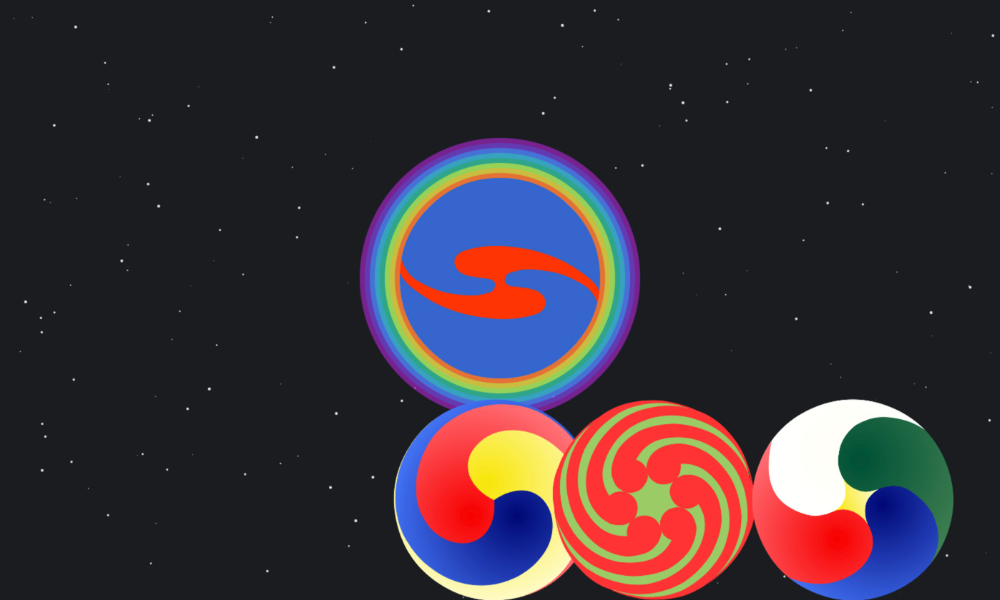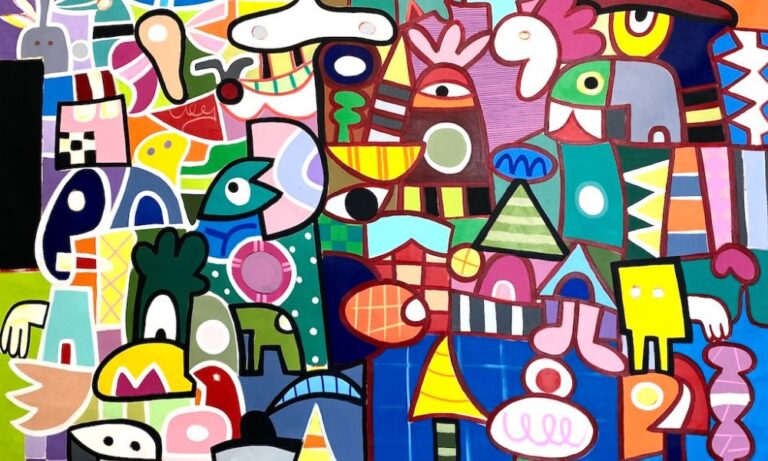TAEX isn’t just a platform; it’s a hub for pioneering digital art, they curate and collaborate on pieces by mid-career artists celebrated for their academic prowess and critical acclaim. Together with visionary minds in digital art and Web3, they’re reshaping contemporary art. On the other hand, Angelo Plessas is more than an artist; he’s a spiritual tech explorer, weaving together ancient wisdom, folk traditions, and cybernetic histories into a mesmerizing tapestry of digital art. Since the dawn of the Internet era, Plessas has delved deep into the fluid dance between virtual and physical realms, sparking communal connections between beings, symbols, and machines. Join him on a journey where spirituality meets cyberspace, and history converges with the future.
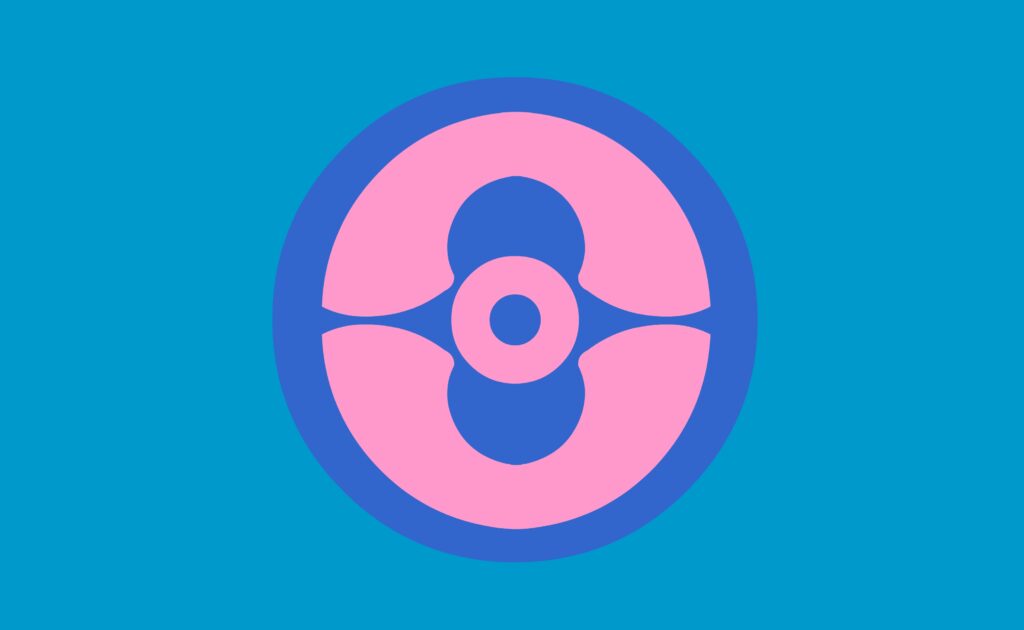
Together during Art Dubai Digital 2024, they unveil three portals to awaken a new cosmic consciousness within you. Through a TechnoShamanistic journey of meditation, blessing, reflection, and rebirth, Plessas guides you on a transformative path. These websites are part of Plessas’ long-term project, The Noospheric Society, which explores the evolution of human intelligence in the digital age. Experience a fusion of ancient wisdom and algorithmic marvels as you explore QuantaMirage.com, a celestial landscape for healing and meditation. Enter CycleOfEndlessRebirths.com, an altar of forgotten cosmogonies and cybernetic symbols endlessly reconstructed before your eyes. And don’t miss BehindTheSolarGlow.com, where your cursor orchestrates a melodic crescendo, unveiling the pulsating heart of a celestial eclipse.
Immerse yourself in Plessas’ digital cosmos through BURO’s conversation with him here below!
CAN YOU TELL US ABOUT YOUR BACKGROUND AS AN ARTIST AND HOW YOU BECAME INTERESTED INC REATING INTERACTIVE WEBSITES?
I started using the internet as my “canvas” in the late 90’s. At that time the Internet was an uncharted frontier, ripe for exploration. It wasn’t just a window; it was a portal to a new continent of imagination. It wasn’t just a tool; it was the stage where the new avant-garde met online, and the rules of engagement were written with lines of code. But perhaps what made it most exhilarating was its unpredictable spirit. The internet was like a feral wild horse. And there, amidst this new situation, I became an artist — not by schooling, but by soul.
WHAT INSPIRED YOU TO COMBINE ART WITH TECHNOLOGY AND CREATE INTERACTIVE ONLINE EXPERIENCES?
Back then, I thought that Internet art challenged the notion of viewing and owning. In traditional art forms, ownership often implies possession — a physical object to be made, sold, and displayed. However, Internet art disrupted this stereotype and brought a new layer of meaning to these notions. I was intrigued by the concept of a new art form that could be “born” from the intangible fabric of code and could be experienced by anyone with an Internet connection. This brought a democratization in art that still challenges traditional structures.
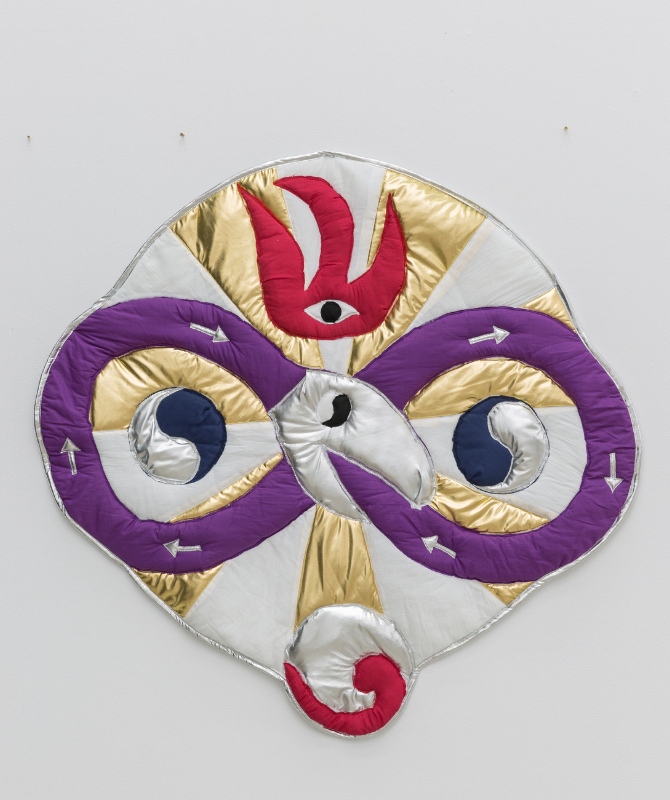
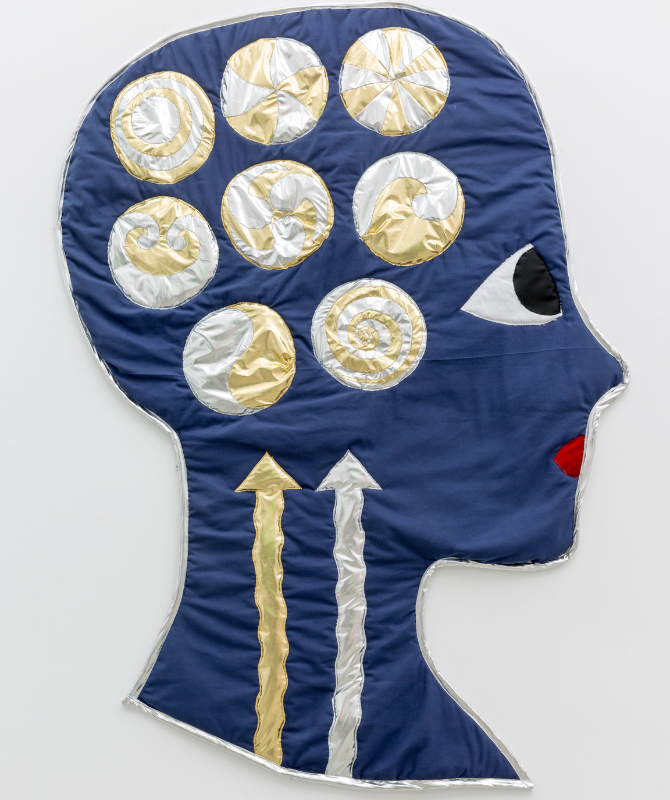
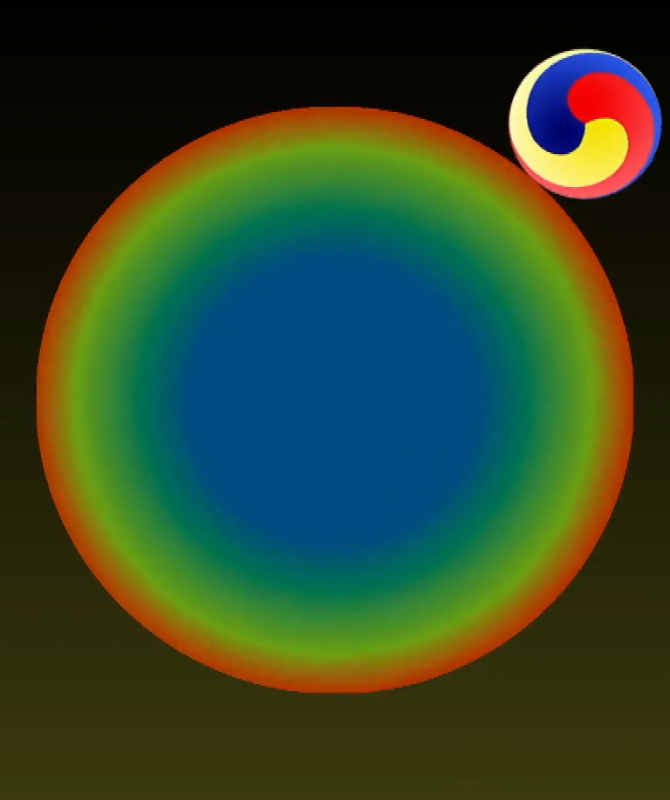
HOW DO YOU APPROACH THE PROCESS OF TRANSLATING TRADITIONAL ARTISTIC CONCEPTS INTO THE DIGITAL WORL FOR YOUR INTERACTIVE WEBSITES?
My websites have layers of engagement that encourage active participation and exploration uncovering hidden narratives. This could entail integrating in one gesture different other media and maybe more traditional such as sound, animation, or graphics. This creates a new experience whereas a more traditional art form for example a painting might invite more passive contemplation.
COULD YOU WALK US THROUGH THE DEVELOPMENT PROCESS OF ONE OF YOUR WEBSITES FROM CONCEPTION TO COMPLETION?
For example, the website QuantaMirage.com emerged from the depths of ancient iconography, spirituality, and shamanism. Drawn to the mystique and symbolism of these timeless traditions, I’m inspired to explore how they can be reinterpreted and brought to life in something completely different and even opposing like the Internet. I experiment with visual motifs, color palettes, and interactive elements inspired by ancient and cybernetic iconography and symbolism. As I delve into the development phase I craft an online landscape that invites visitors to navigate sacred symbols, and interactive rituals through a code I call “sacred” because the code becomes a conduit, a bridge between the material and immaterial, the metaphysical and the existing, the real and the imaginary.
WHAT ROLE DO INTERACTIVE WEBSITES PLAY IN THE CONTEMPORARY ART SCENE AND HOW DO THEY ENGAGE AUDIENCES DIFFERENTLY FROM TRADITIONAL ART FORMS?
Internet Art is opening doors to art for everyone. It tears down the walls that separate us from art within geographical barriers, making art feel like it’s within reach of anyone with an Internet connection. With interactive websites, you’re not just a spectator but part of a ritual. They shake up the old ideas about who owns art and how much it’s worth. It’s less about owning a masterpiece and more about diving into the process and feeling the magic of a new art form unfold.
CAN YOU DISCUSS ANY SPECIFIC CHALLENGES YOU FACE WHEN CREATING THIS AS COMPARED TO OTHER FORMS OF ART?
Crafting interactive websites often feels like practicing a form of alchemy. Unlike painting or sculpting, which use physical materials, websites are crafted from a mysterious mix of code, drawing, sound, design, and user experience. First, they need to work smoothly on all kinds of devices, from computers to phones. The Internet is always changing like a swirling river of data bringing an element of unpredictability into the working process. Sometimes, I feel like there’s a hidden world behind the screen, filled with unseen forces and beings. These cyber spirits fascinate me, revealing the mystical and unpredictable aspects of technology.
WHAT TECHNOLOGIES AND PROGRAMMING LANGUAGES DO YOU TYPICALLY USE IN THE DEVELOPMENT OF YOUR INTERACTIVE WEBSITES?
I use JavaScript and HTML 5 Canvas because they are versatile programming languages that enable interactivity and dynamic functionality on the web.
HAVE YOU ENCOUNTERED ANY ETHICAL CONSIDERATIONS OR DILEMMAS IN THE CREATION OF INTERACTIVE ART ON THE WEB, AND IF SO, HOW DO YOU NAVIGATE THEM?
For me copyright considerations are crucial. I prioritise originality and respect for intellectual property rights while drawing inspiration from anything. This involves giving credit where due. By maintaining integrity and mindfulness, I ensure that my creations both inspire and respect the rights of others.
IN WHAT WAYS DO YOU SEE THE FUTURE OF INTERACTIVE ART AND WEBSITES EVOLVING, AND HOW DO YOU ENVISION YOURSELF CONTRIBUTING TO THAT EVOLUTION?
Ι am quite curious to see the extent of possibilities of emerging technologies like Augmented Reality, and AI in the integration of websites. From my beginnings, my websites use some sort of proto-AI in their code.
ALSO READ: SAUDI ARABIA TO WELCOME THE WORLD’S FIRST DRAGON BALL THEME PARK.
